|
|
Post by Good Mind Seeds on Dec 23, 2012 12:20:43 GMT -5
burdock: the root is the part that is used for food and medicine and when it is past spring in its second year of life it is too old to be used. 2nd year (too old for use)  1st year (this is what you are looking for)  sow thistle: sow thistle:this is a close relative to dandelion and can be used in the same ways 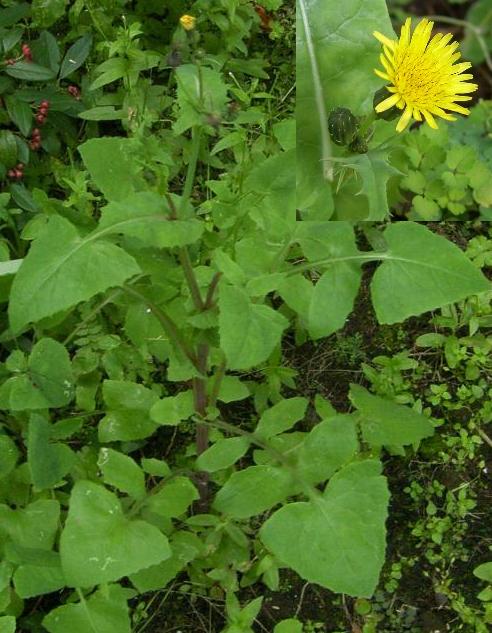 chicory: chicory:there are roasted chicory coffee additives sold in many grocery stores but for the best medicinal value you want to harvest and use a fresh chicory root. they are perennial plants and if horizontal roots away from the base are harvested then the plants can be left to live for several years. the leaves and flowers are also medicinal. in this photo they are flowering and easy to identify but they are not edible because it looks like this area might get sprayed with chemicals not to mention that it is so close to car traveled asphalt which would lead to heavily toxic soils.  when you harvest chicory that his been transplanted to your garden, it would look more like this in a ideal stage of life for harvest  wild lettuce (or prickly lettuce): wild lettuce (or prickly lettuce):this is used the same as dandelion or chicory in terms of medicine. the leaves are more bitter and have spines but are not bad in most cooked and even some raw preparations. ancient egyptians would use this plant similarly to opium when the latex was extracted. after bolting before flowering: 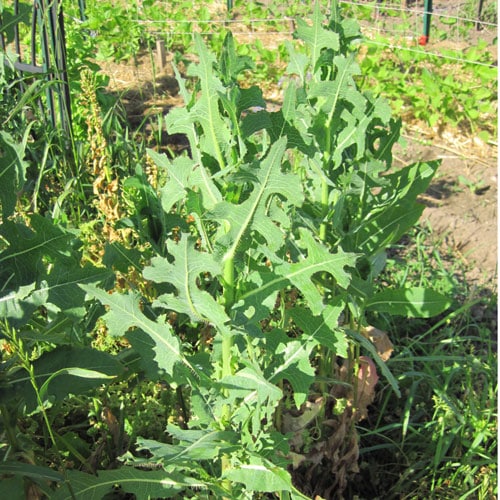 the spines under the leaf .jpg) flowering 
|
|
|
|
Post by Good Mind Seeds on Dec 23, 2012 12:48:04 GMT -5
broadleaf plantain:all parts are medicinal and the leaves are good cooked or raw although the long fibers going down the length of the leaf are best cut perpendicularly before eating. flowering 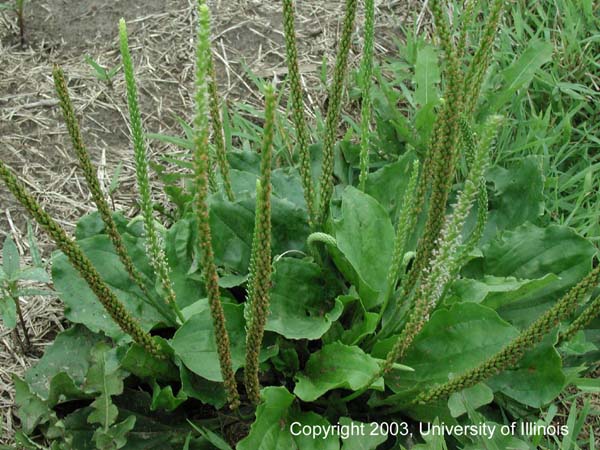 younger:  narrowleaf plantain: narrowleaf plantain:used the same as broadleaf plantain, the root is good for medicine the leaves are good in sandwiches. 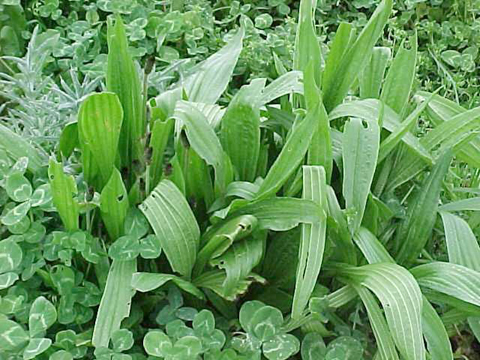 flowering 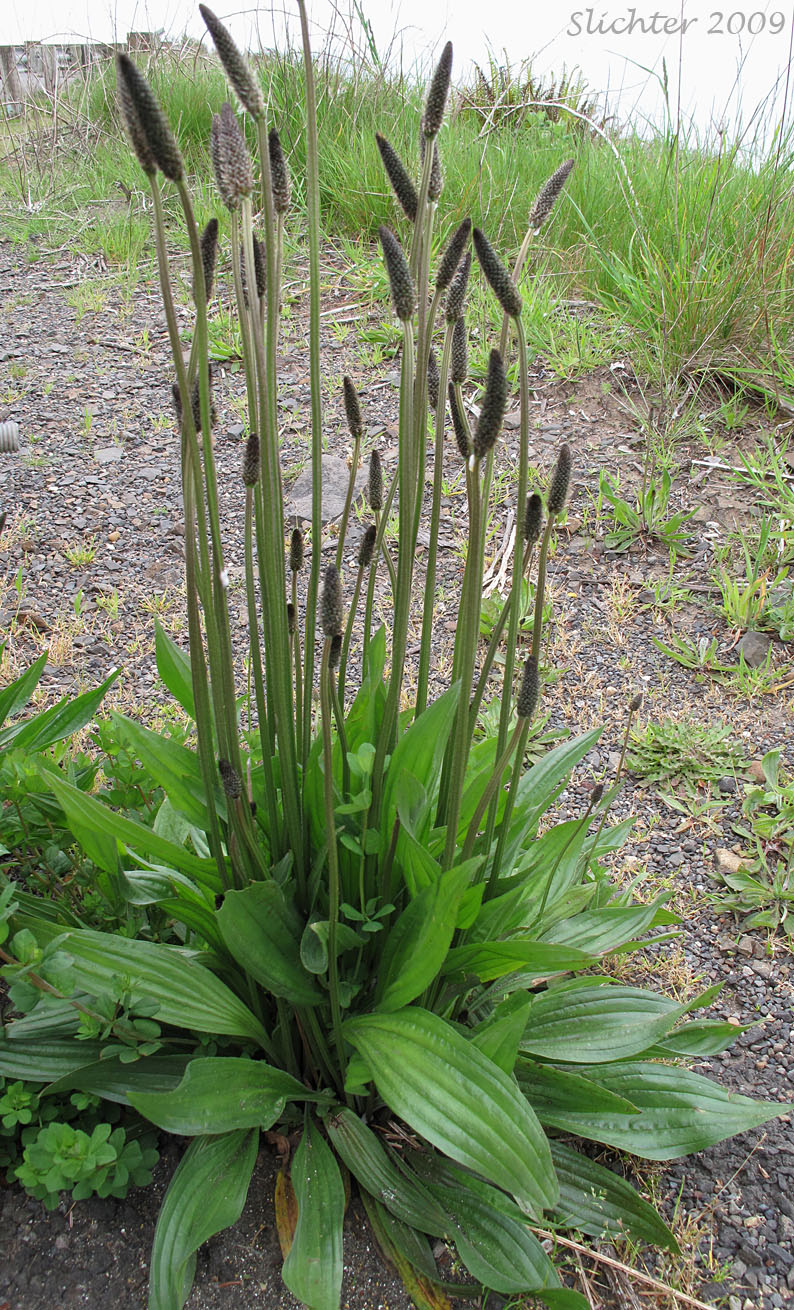 sheep sorrel: sheep sorrel:one of the most palatable of wild greens is best eaten before bolting. it is a rumex species and is rich in oxalic acid which gives it that rhubarb like flavor. easily cultivated as a weed on mulched beds and fallow fields. not always the easiest to spot:    flowering %20Donkey%20Lane%20Allotments%20Sapcote%20SP%204860%209304%20(taken%209.7.2006).JPG) yellow dock: yellow dock:the leaf is good raw or cooked but is best harvested when young and tender. the root is very medicinal, and its strong yellow color is the source of its name. it is easily confused with bitter dock which is also medicinal but much less palatable, but bitter dock is easily identified by its red rib down the leaf, whereas yellow dock's curlier narrower leaves are pure green. tender leaves 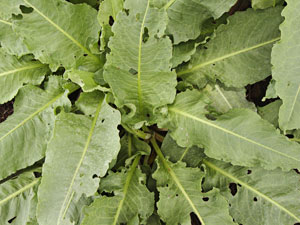 bolted plants  
|
|